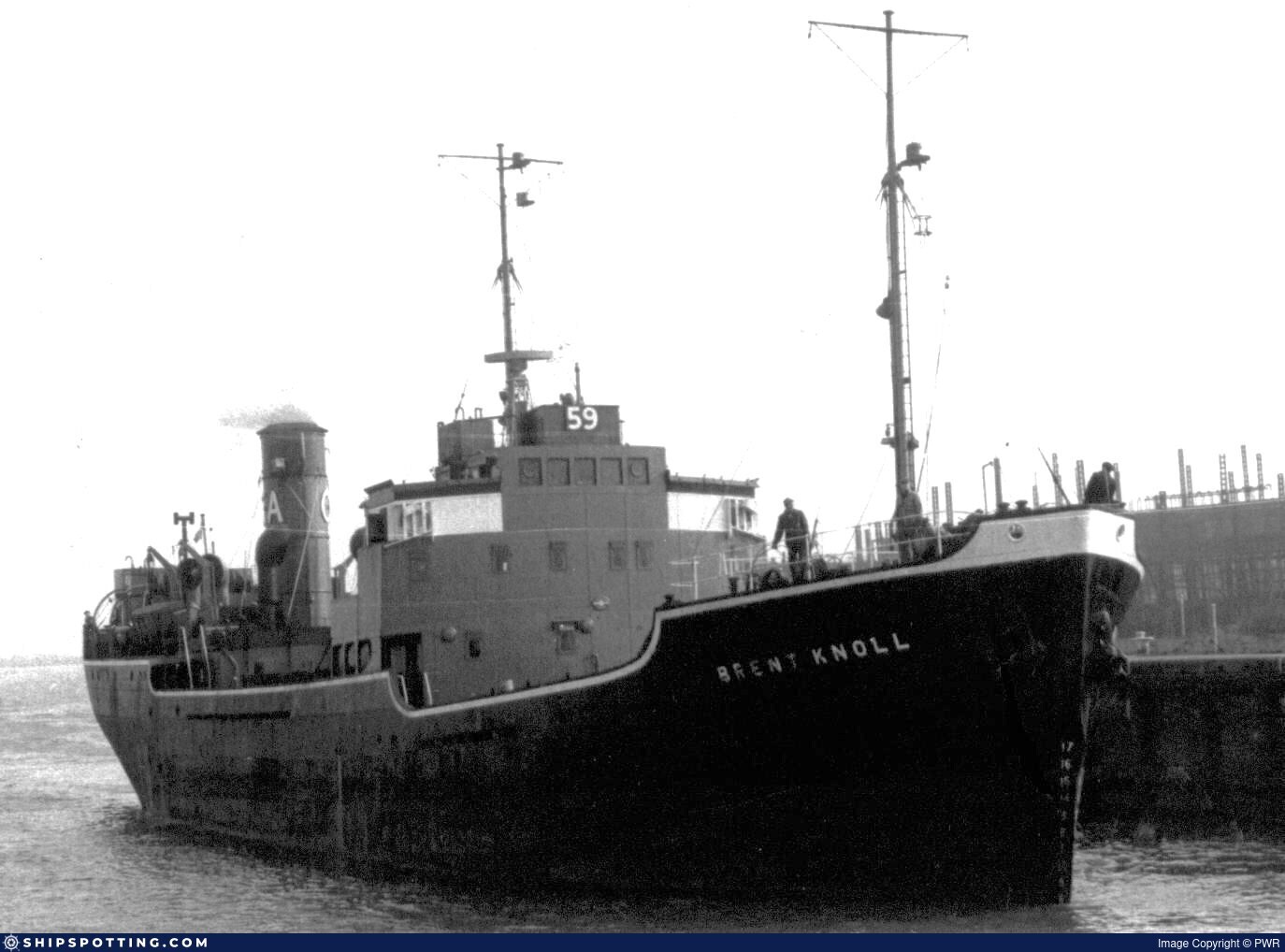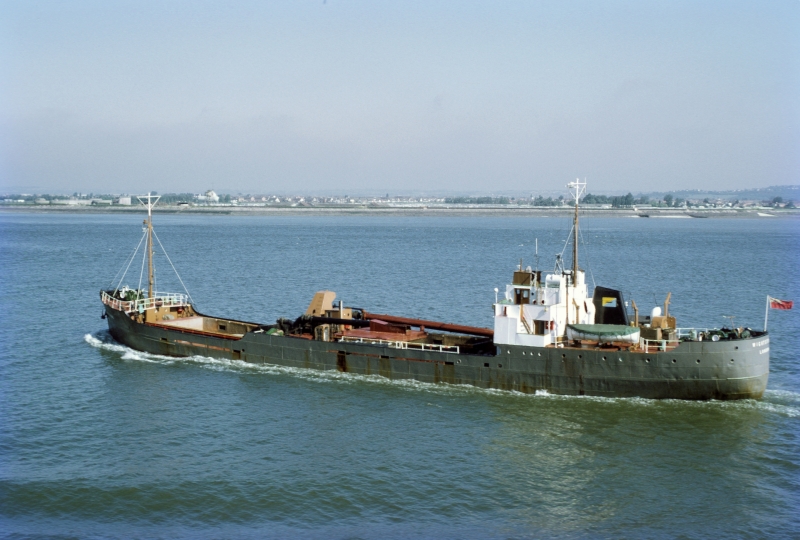
®
SHIPSPOTTING.COM
WELCOME TO SHIPSPOTTING.COM
BRENT KNOLL - IMO 5389308
Photo
details
Photographer:PWR [ View profile ]
Title:Brent Knoll
Photo Category:General Cargo Ships Built 1950-1959 (under 3000gt)
Added:Dec 9, 2011
Views:1,431
Image Resolution:1,374 x 998
Description:
Arriving Goole by Charlie Hill
Vessel
particulars
IMO:5389308
Photos:2 photos by 2 photographers
AIS Position
of this ship
There is no AIS Position Data available for this ship!
Would you like to add AIS Coverage?

Photo
Categories
This ship exists in the following categories:
Dredgers - 1 photos
General cargo ships built 1950-1959 (Under 3000gt) - 1 photos





COMMENT THIS PHOTO(7)
Edit
comment
Edit
comment
Constrained by draught on arrival and air-draught on departure, they always looked huge passing down through central London on a fast-ebbing tide.
The general cargo/bulk class rules have changed somewhat since those days - but I have a recollection that they were categorised separately as colliers, perhaps as a subset of bulk. But memory may be playing me false, and I don't have any copies of LR handy for that period.
This photo probably taken between 4/1955 (when the British Electricity Authority was renamed the Central EA) and the end of 1957, or soon afterwards as I think that the new Central Electricity Generating Board only changed the funnel initials as the ships came up for their dockings.
Edit
comment
Edit
comment
Best Regards
Tom
Edit
comment
best regards
Tom
Edit
comment
Edit
comment